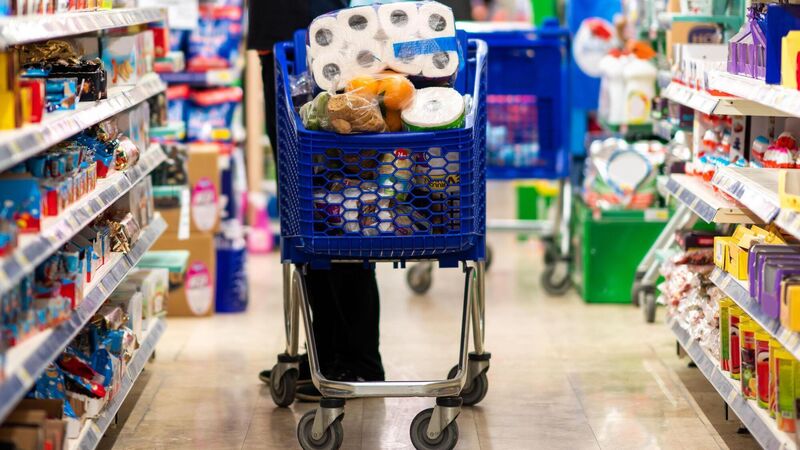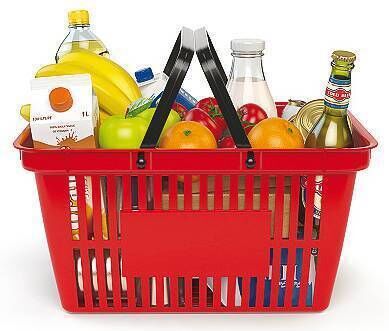Caitríona Redmond: Will supermarket price reductions go further?

Despite the much-lauded price reductions across all the leading supermarkets on staples such as bread, milk, and butter, the food inflation rate over the past year remains high, at 12.7% annually.
This week Tesco cut the prices of over 700 products in Ireland. Some of the reductions were applied to staples such as oats, while there was a welcome cut to the price of nappies for those with babies and toddlers.
It’s difficult to see how much of an impact the cost of Thai green curry paste dropping from €2.59 to €2.25 will have, for example, but the cumulative effect of all the reductions will surely help with savings at the till for shoppers.
In response to Tesco’s price reduction announcement, Aldi and Lidl have said they regularly survey other supermarkets and review their costs to maintain their low retail prices. This does not mean that they have immediately ruled out price cuts, more that they are adopting a wait-and-see approach.
For over a year, as part of my Weekend Magazine column, I monitored the prices of a sample grocery shopping basket across the five most prominent retailers.
Tesco and SuperValu were generally the first to increase their prices over the past year, for example meeting the demands of egg producers' price requests first in October last year or the cost of butter. The other retailers followed suit within weeks.
On Thursday, the CSO published its Consumer Price Index (CPI) report for May 2023. Overall the has risen to 6.6% from May 2022 – May 2023, with the rate of increase slightly slowing compared to April.
Interestingly, despite the much-lauded price reductions across all the leading supermarkets on staples such as bread, milk, and butter, the food inflation rate over the past year remains high, at 12.7% annually.
It has been just over a month since the Retail Forum comprising major supermarket groups met with Minister for State Neale Richmond for ‘an open and frank conversation’ about grocery prices.
At that meeting, they were pressed to reduce costs as soon as possible but ideally in time for the next Retail Forum meeting on June 21. That’s less than a fortnight away, and so far, at the time of writing, Tesco has been the only retailer to confirm significant price cuts.
Can we expect more significant grocery reductions across all the leading supermarkets? I’m not so sure.

On reviewing the list of items from Tesco, some Irish suppliers are included in the price reductions, but only a few. Irish producers are suffering from high living costs, particularly in wages, energy, and transport. Therefore, Irish farmers and producers cannot absorb a lower purchase price. Tender fruits and vegetables require heating in glasshouses and polytunnels in the spring and cooling in the heat of the summer. This kind of production is very energy-dependent, and several Irish farms have closed in the past year due to the high cost of production.
I hope the prices start stabilising in the weeks and months ahead. However, I think we will see more large-scale produced items reduced first, with the fresh Irish produce being slow to follow.
That’s not much consolation as we head into summer. Those with children will be doing fiscal gymnastics to keep tummies happy over the school holidays.
What is the solution? Capping the price of a shopping basket of staples may result in price increases elsewhere in the supermarket, something we would all have to bear.
Super taxing the retailer profits would only be effective if all the supermarkets published their accounts in Ireland, which they don’t. While welcome to those in need, food banks can erode self-esteem and dignity and remove autonomy.
We are all watching the supermarket prices with great interest, hoping that respite comes soon.

















